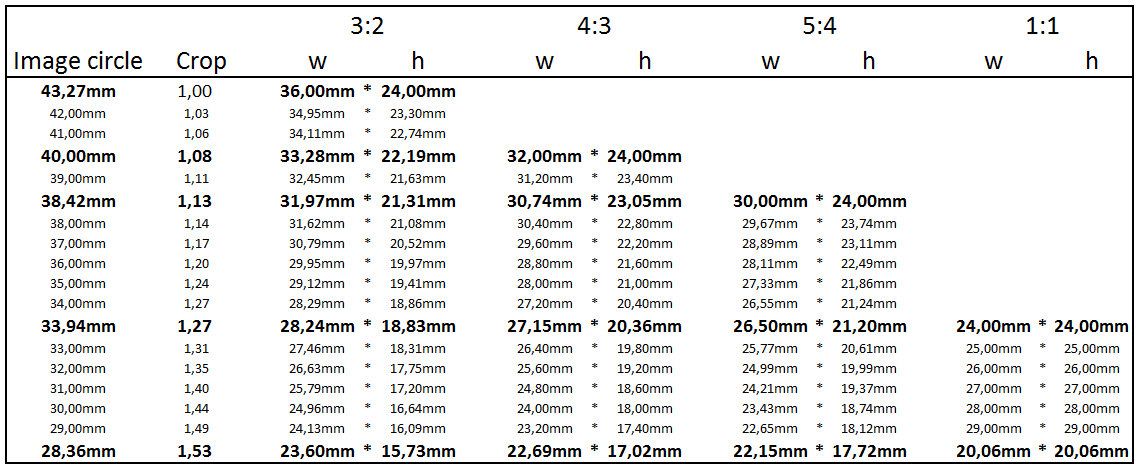 Originally posted by lawsonstone
Originally posted by lawsonstone 
Weird. What you call "post hoc hacking away at the capture" I used to call "Good work in the darkroom" for film. Post-Processing is not post hoc hacking; it's taking a good, solid "negative" and doing the work in software that we used to do in the darkroom: turning a "capture" into a "picture."
I don't think Thingo is intending to have a go at anybody who prefers to crop post capture. S/he is suggesting that this approach may not be the best way of doing things for some photographers and in some situations, and is suggesting that it would be a good idea to give photographers the
option of working another way, by giving them the tools (temporary viewfinder marks/masks) to frame precisely within aspect ratios other than 3:2 and to only record the data captured within that specific area. In my view this is potentially a very useful feature. Definitive frame lines visible in the viewfinder will allow you to compose carefully and precisely and allow you to visualize the final composition much more precisely than by trying to imagine where the edges will be. And if you're working in this deliberate way then capturing the data outside of this frame is simply a waste of processing time and storage space. Given that many are against a 36mp+ sensor due to the storage and processing requirements, redundant data is clearly an issue for some. Why should professionals working to a particular output format be forced to guess where the edges of the frame will be, to give one example? I believe this is a way more useful feature for serious photographers than many which now seem to have become the accepted norm on cameras, yet people seem to be very quick to dismiss it.
One of the most common arguments given against implementing this feature is, 'I don't want lots of frame lines cluttering up my view'. Absolutely - neither do I, but this is not an argument against the feature itself, it is an argument against what is assumed to be one of the necessary results of its implementation. Yet it's quite possible that this could be implemented in a way which only shows crop indicators when they are in use - you just need a technology which allows for the temporary display of lines/masks in the viewfinder. Nikon do this already with an LCD overlay in the D810 and other cameras. I believe this results in a small loss of transmitted light, though clearly not enough to put people off buying them. There may be other technologies which allow such display without loss of light, such as the current technology used by Pentax to show autofocus points, or something else we haven't seen yet. Even physical dark masks may be a possibility, as implemented in some MF film cameras (and indeed in some Pentax 35mm cameras).
Pentax is going to have to implement this one way or another for the APS-C crop. They are either going to have to provide permanent marks on the focusing screen to show the crop or use another method to show marks/lines when the crop in use. In this case, extending the feature to include a number of other crops/aspect ratios will be trivial, so I really think this is worth considering.


 Similar Threads
Similar Threads 














 Post #33 by wgosma
Post #33 by wgosma








